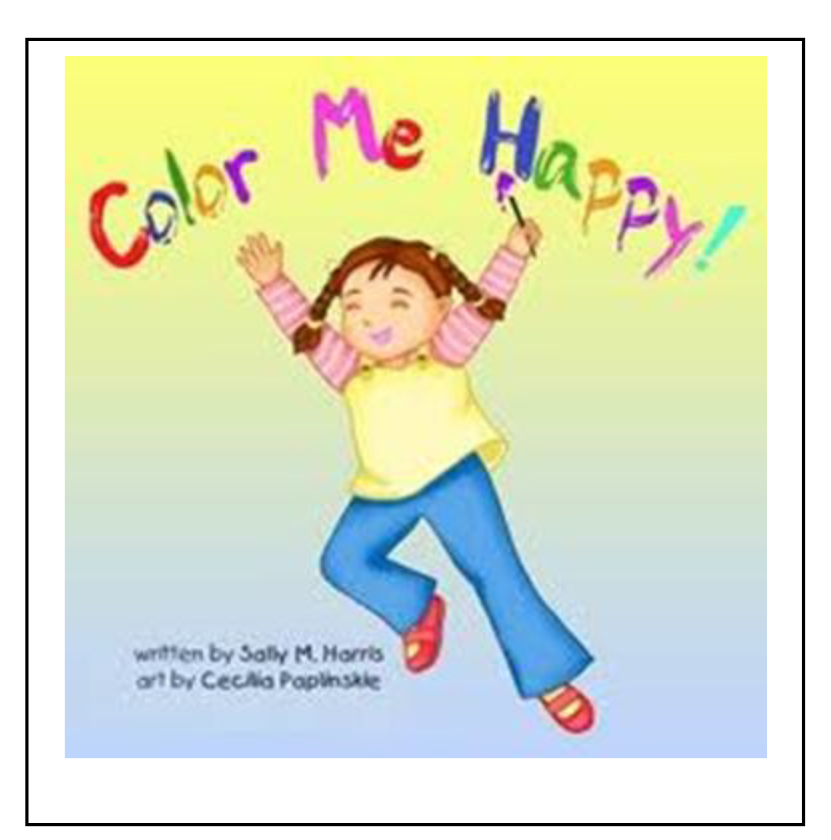“Feelings, Nothing More Than Feelings”: Why It Matters
It is important to know how we feel so we can communicate our feelings to other and to gain their understanding and support. the ability to perceive, label and express feelings with specific feeling words is called “emotional literacy”. We need to be able to “read” our feelings and those of others. This requires the ability to precisely identify feelings – our own and the feelings of others.
All humans share similar emotional needs expressed as feelings. According to Maslow’s hierarchy of needs, once our physiological needs (food, shelter, water, sleep, etc.) are met, then emotional needs become most important to us. Our emotional needs include safety, love and belonging, esteem and fulfilling our potential to become all that we are capable of becoming. Social problems generally come either directly or indirectly from unmet needs. We need to fill our “emotional bucket” and those of our children every day!
Emotional literacy is the first step to developing “emotional intelligence”, sometimes referred to as “social emotional learning”. Social Emotional Learning involves our innate potential to feel, use, communicate, recognize, remember, describe, identify, learn from, manage, understand and explain emotions. It helps us access the emotional part of the brain (LIZARD BRAIN) where feelings are stored. Identifying a feeling by name is essential to the development of our innate emotional processing abilities. Social Emotional Learning (SEL) includes learning self-awareness, self-management, social awareness, relationship skills and responsible decision making.
Feelings matter because they are essential to survival, health & happiness. Feelings are one of the drivers of behavior. Whatever we are feeling, needing or believing will drive our behavior. When we teach a child how to deal with feelings, we are talking about helping him deal with realities that impinge upon him from within. So identifying feelings is important! If we can put a word to our feeling, then we can understand our state of mind, think about what we can do to alleviate those feelings, and deal with it. So building our children’s “emotional dictionary” is the first step.
Here are the ways to do it:
- “Name it to tell it!” Provide children with “feeling” words building a large and more complex dictionary for finer distinctions (annoyed and enraged!) and to better communicate with others.
a. Express your own feelings with feeling words.
b. Put the labels on their feelings.
c. Label the feeling in other people.
d. Teach directly through pictures (see “Feeling Faces” handout) and special activities and incidentally through conversations, play, books. - “Name it to tame it!” Once the feeling is identified, then we can deal with it! A good strategy for parents is to empathize. Empathy soothes emotions.
- Have discussions about their personal experiences with the world. Have a “Memory Talk”. Remember to Remember and Rewind to Remember are two strategies.
- Don’t enrage the LIZARD BRAIN, engage the WIZARD BRAIN. Stay calm, acknowledge their feelings and use problem solving strategies. Build the staircase of the mind by integrating the upstairs (WIZARD BRAIN) and downstairs (LIZARD BRAIN) brains.
- Crete an emotionally safe & supportive environment.
a. Validate their feelings. Acknowledge them, not deny.
b. Discuss feelings openly.
c. Encourage emotional honesty.
d. Have a relationship with the child.
e. Be a good role model. Remember mirror neurons.
Don’t forget that negative emotions are gauges of unmet needs. There is a positive and survival value to emotions. Emphasize that “feelings come and go” and strive to generate options to feel better.
Feelings are important! They are essential to our health, happiness and learning. Children need to learn how to recognize their emotions and those of others. Children need to manage their emotions. Out of control emotions block learning. Children need to demonstrate caring and concern for others. Children need relationship skills to have friends and resolve conflict. And lastly, we want them to handle challenging situations and make responsible choices and decisions.
Emotionally healthy children:
- Are better learners
- Feel better about themselves
- Are more empathetic
- Have more friends
- Are happier, healthier and more “successful”
- Are better at resolving conflicts
- Have better impulse control
- Are better able to delay gratification
- Are better able to resist peer pressure
- Have fewer behavioral problems
- Are less likely to engage in self-destructive behavior
Click here to view the PDF Version.



